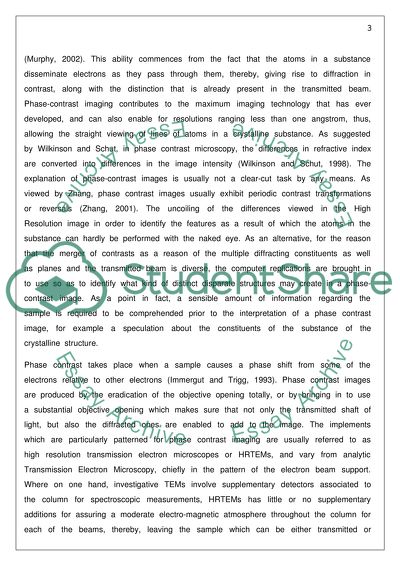Cite this document
(“Phase Contrast Imaging Thesis Example | Topics and Well Written Essays - 3750 words”, n.d.)
Retrieved from https://studentshare.org/miscellaneous/1530831-phase-contrast-imaging
Retrieved from https://studentshare.org/miscellaneous/1530831-phase-contrast-imaging
(Phase Contrast Imaging Thesis Example | Topics and Well Written Essays - 3750 Words)
https://studentshare.org/miscellaneous/1530831-phase-contrast-imaging.
https://studentshare.org/miscellaneous/1530831-phase-contrast-imaging.
“Phase Contrast Imaging Thesis Example | Topics and Well Written Essays - 3750 Words”, n.d. https://studentshare.org/miscellaneous/1530831-phase-contrast-imaging.


